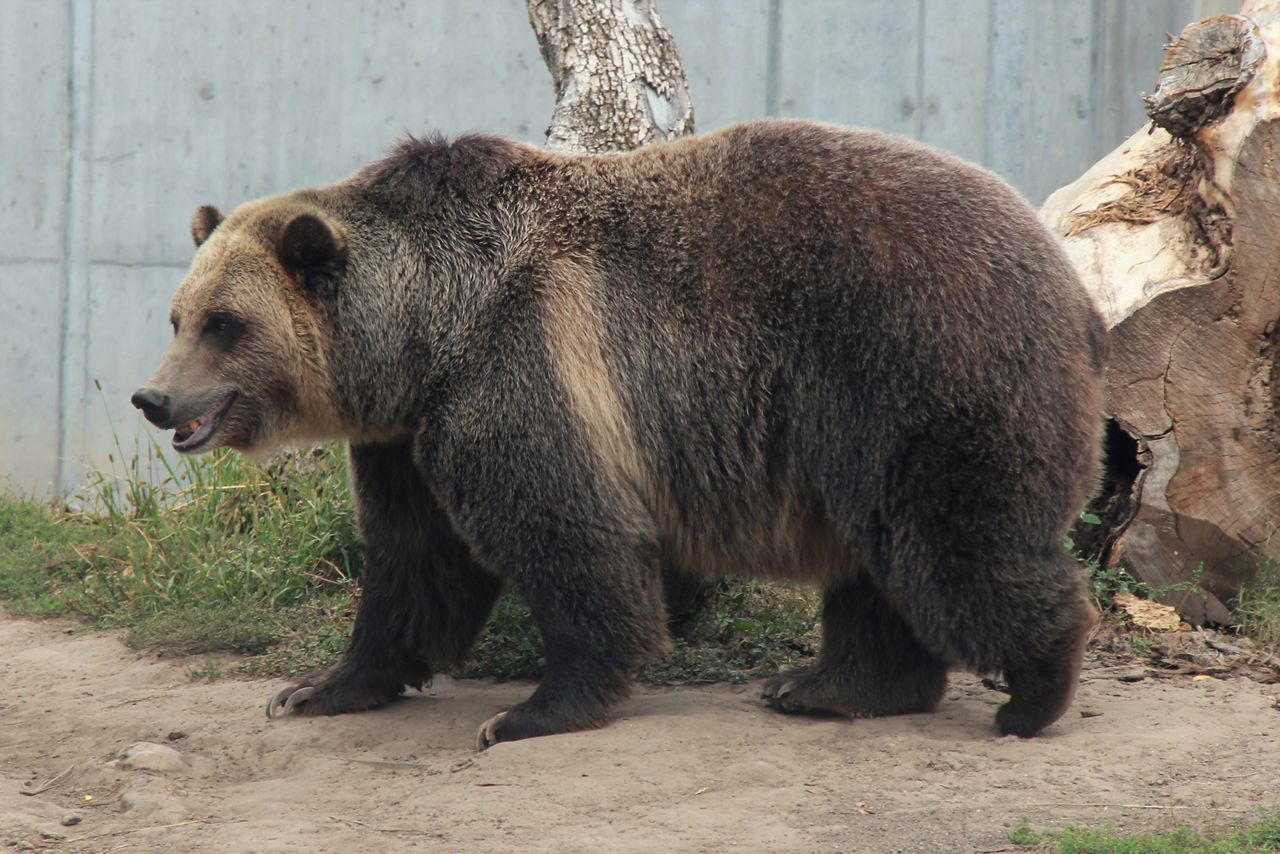MADISON, Wis. — This week is “Fat Bear Week,” a competition of "bulked up" bears put on by the Katmai National Park in Alaska.
People can vote online for their favorite beefed up bear as the animals put on weight to prepare for winter hibernation. Bears in Wisconsin aren't part of the competition, but they're getting in winter shape as well.
“Our bears certainly can't compare to the seemingly massive weight gain that these wild ones go through, but it is very important for us to manage them at the same way as they would be experiencing life in the wild as close as possible,” said Beth Petersen, general curator at the Henry Vilas Zoo in Madison.
Henry Vilas Zoo has two female grizzly bears that are about nine and a half years old. The zoo typically starts helping them bulk up midway through the summer and they will go down for hibernation in mid-November.

“Our female Ash, who I think in particular gets particularly rotund, when she finally gets into the den her belly is almost down to the ground,” Petersen said. “It's just amazing how they can add weight so quickly over such a short amount of time during the summer.”
The Milwaukee County Zoo has four grizzly bears and an Alaskan black bear that bulk up for the winter in a similar way. Some of their bears put on 300 pounds before going into their den for the winter sometime around Thanksgiving.
“Right now if you'd walk past the grizzly exhibit you'd see just a ton of herring around to eat as they want. Their diets are increased by, I would say, three-fold,” said Laurie Talakowski, a zookeeper at the Milwaukee County Zoo. “They get pretty satiated and then they crash out, like after Thanksgiving dinner every day.”

Keeping the bears on a natural bulking up and hibernation schedule is ultimately good for them.
“We do this for the health of the bears, it really seems with their longevity, they seem to have less problems than bears that do hibernate, we just try to keep them in a normal cycle here,” Talakowski said.
The bears start making beds in the indoor section of their enclosure for themselves around this time of year. The Milwaukee County Zoo gives them five to 10 bales of straw to help. It's a similar situation at the Henry Vilas Zoo, where the bears will go back and forth to the indoor and outdoor section before ultimately staying indoors for the rest of the winter.
People can come and see the beefed-up bears at both zoos until they ultimately decide it's time for their winter-long nap. The bears typically come back out in early April.
Petersen said things like “Fat Bear Week” are good for education.
“We're always trying to educate people here at the zoo about ways that we are learning from our bears and how that can transfer over to some of the research being done on their wild counterparts,” Petersen said. “Anything that we can do to facilitate or like Katmai National park can do to facilitate people's connection with these wild animals I think can only benefit them in the long run.”
Both the Henry Vilas Zoo and the Milwaukee County Zoo have polar bears as well, though polar bears don't typically hibernate.



